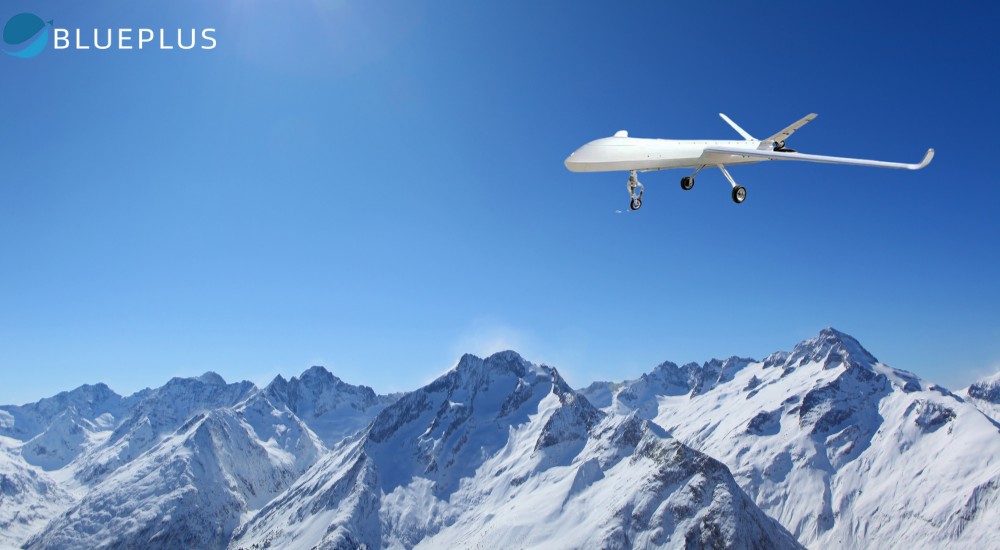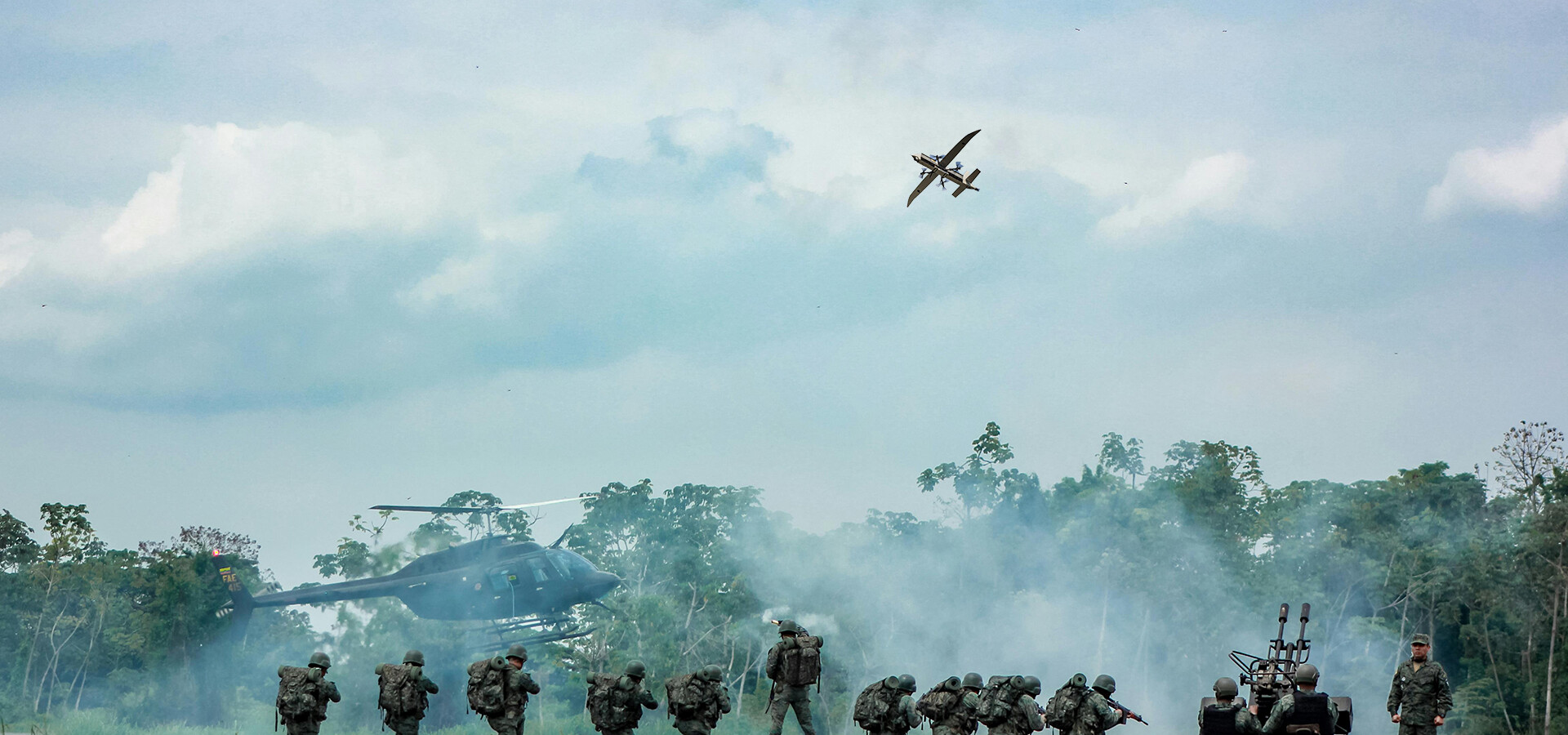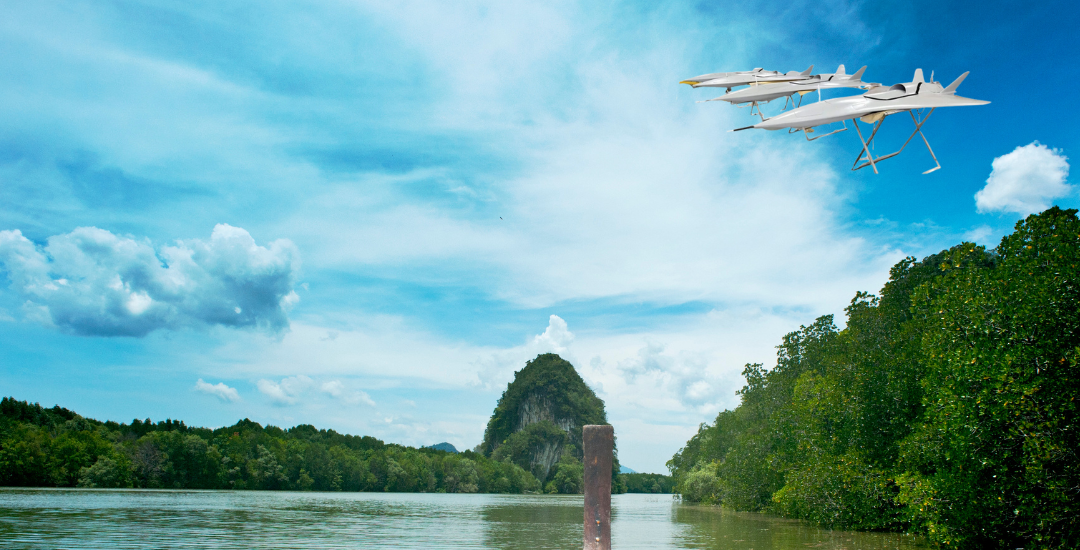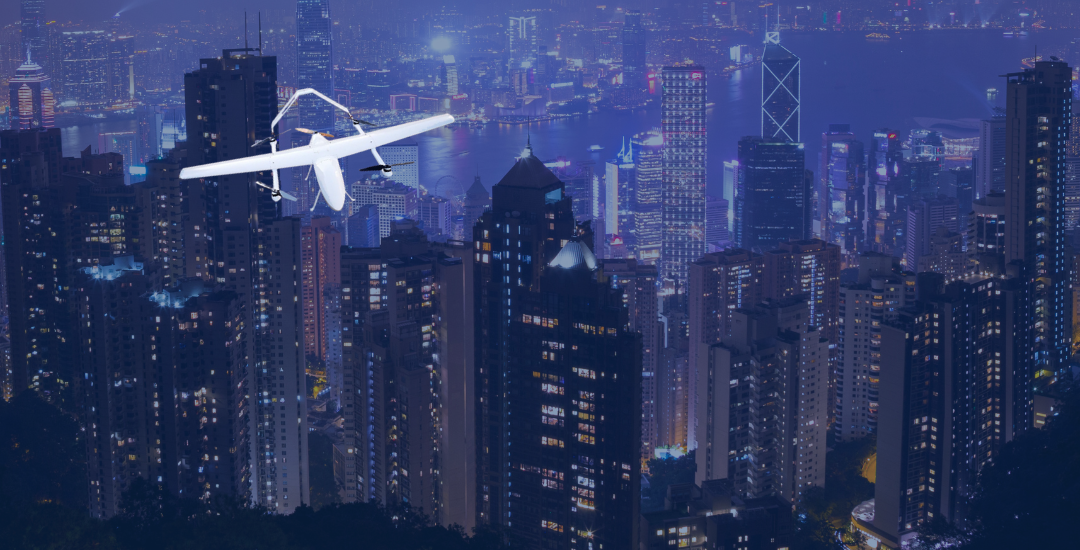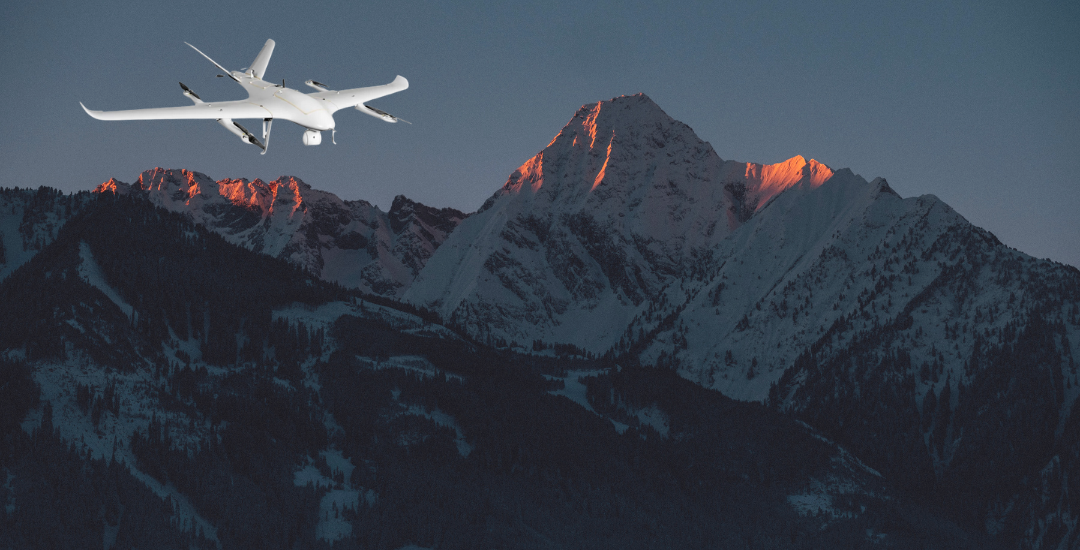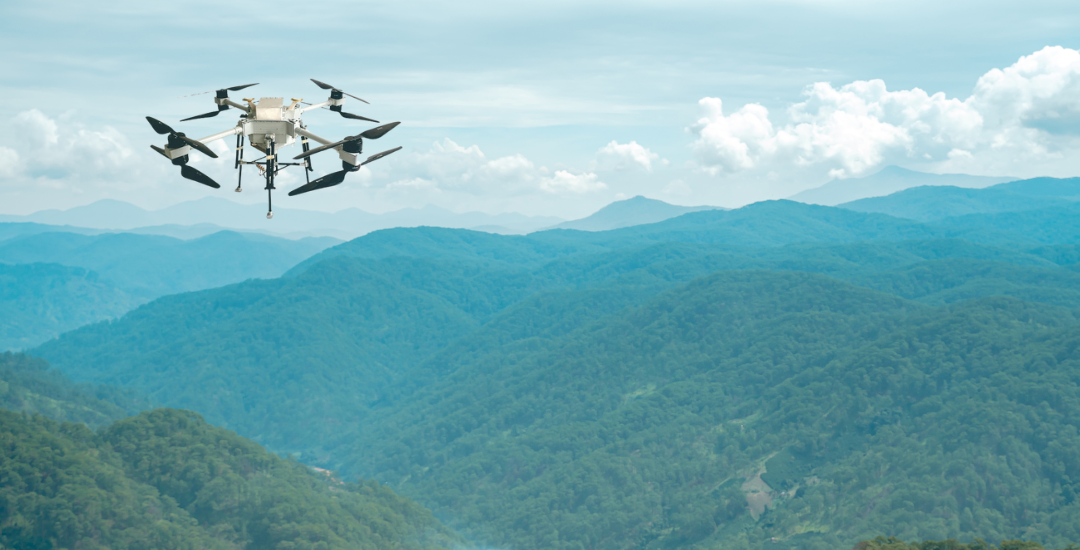NEWS
Home > News
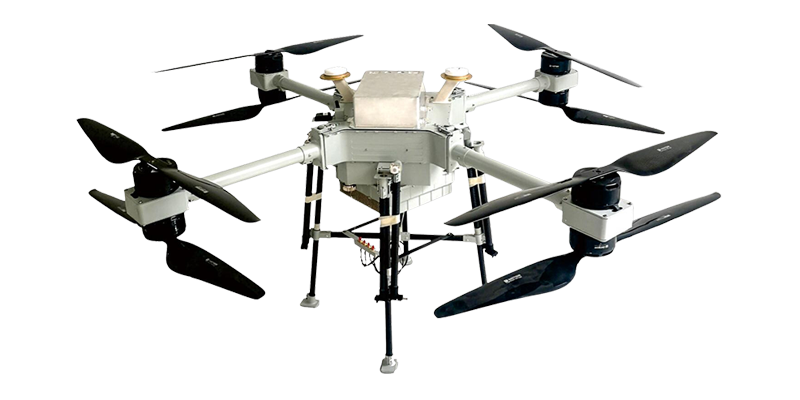
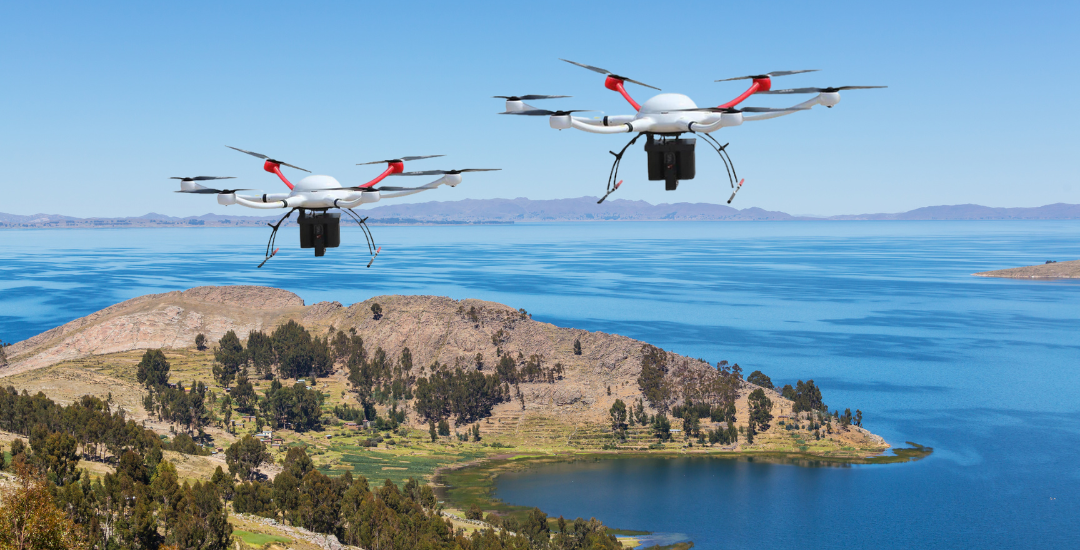
Military Unmanned Aerial Vehicles (UAVs), commonly referred to as drones, have become a pivotal component in modern warfare. Over the past few years, the development and deployment of UAVs have significantly impacted global military strategies, shifting how nations approach surveillance, combat, and reconnaissance. From high-tech innovations to new tactical applications, military UAVs are reshaping the future of warfare.
This article will delve into the latest developments in military UAVs, covering technological advancements, their evolving tactical uses, and the fierce competition between nations striving to dominate this airspace. We will also explore how UAVs are increasingly being integrated into military doctrines around the world, as well as the challenges and future potential of this cutting-edge technology.
1. Introduction: The Role of UAVs in Modern Warfare
Military UAVs, often referred to as drones, are unmanned aircraft designed for combat or reconnaissance missions. Their role in modern warfare has expanded over the last few decades, revolutionizing how militaries conduct surveillance, strike operations, and intelligence gathering. UAVs have the ability to operate in environments that may be too dangerous or inaccessible for manned aircraft, providing critical intelligence and striking power with minimal risk to human life.
The Importance of UAVs in Today's Military
UAVs have transformed military operations by offering real-time surveillance, long-duration flight, and precision targeting. They allow armed forces to engage in "over the horizon" operations, striking targets far beyond the line of sight. With their ability to operate autonomously or under remote control, UAVs reduce the need for human presence in hostile environments, significantly lowering the risk to personnel.
2. Recent Technological Advancements in Military UAVs
As the use of military UAVs has grown, so has the sophistication of the technologies that power them. These advancements have expanded the operational capabilities of UAVs, making them more versatile, powerful, and harder to detect.
AI and Autonomy in UAVs
One of the most significant technological trends in military UAVs is the increasing integration of artificial intelligence (AI) and machine learning. AI-driven UAVs are able to process vast amounts of data in real time, making decisions on target identification, tracking, and mission planning without human intervention. This enhances the speed and effectiveness of military operations, especially in environments requiring rapid decision-making.
Increased Payload Capacities and Range
Modern UAVs can carry a wider range of sensors and weapons than ever before. With advancements in fuel efficiency and engine design, UAVs now have increased flight ranges, allowing them to cover vast distances without needing to return for refueling. This capability is essential for long-duration missions and provides a strategic advantage in both surveillance and offensive operations.
Advanced Propulsion Systems
To improve endurance and reduce the chance of detection, many military UAVs are now equipped with advanced propulsion systems. These systems allow UAVs to fly silently, evade radar detection, and maintain stealthy operations. Hybrid propulsion systems, combining jet and electric technologies, offer UAVs improved speed and stealth capabilities.
3. Tactical Applications of Military UAVs
The versatility of military UAVs is demonstrated through their diverse applications across different military domains. From reconnaissance to precision strikes, UAVs are a force multiplier that allows military forces to achieve objectives with high efficiency.
Reconnaissance and Surveillance
The primary role of most military UAVs is intelligence gathering. UAVs equipped with high-definition cameras, infrared sensors, and radar systems provide continuous surveillance of enemy movements, infrastructure, and key strategic locations. Their ability to hover over targets for extended periods makes them invaluable for gathering real-time intelligence.
Precision Strike Capabilities
UAVs are also used for precision airstrikes, often targeting high-value assets or enemy positions with minimal collateral damage. Armed UAVs are equipped with a variety of munitions, from guided missiles to laser-guided bombs, enabling them to execute precision attacks that would otherwise require manned fighter jets.
EW (Electronic Warfare) and Cyber Operations
UAVs are increasingly being used in electronic warfare (EW), where they can jam enemy radar and communications or launch cyberattacks. Some advanced UAVs are equipped with the ability to disrupt enemy UAVs, countering drone warfare strategies by disabling or hacking their control systems.
4. UAVs in the Global Military Arms Race
With military UAVs becoming an essential tool for modern warfare, nations across the globe are heavily investing in developing and deploying these systems. The race for UAV dominance has intensified, with countries seeking to gain an edge in this rapidly evolving domain.
The US: Pioneering UAVs in Modern Warfare
The United States has been a leader in military UAV development, deploying advanced drones like the MQ-9 Reaper and MQ-1 Predator for both surveillance and strike missions. These UAVs have been used extensively in conflicts in the Middle East, providing real-time intelligence and precision strike capabilities.
China: Expanding UAV Capabilities and Applications
China has rapidly expanded its UAV capabilities in recent years, investing heavily in both reconnaissance drones and combat drones. The Chinese military has developed a wide range of UAVs, including the CH-4, which is comparable to the MQ-9 Reaper, and has used them in both surveillance and offensive operations.
Russia: Innovative Uses of UAVs for Hybrid Warfare
Russia has focused on developing UAVs as part of its hybrid warfare strategy, integrating drones with traditional military forces to create more complex and unpredictable conflict scenarios. Russian drones have been used in surveillance, electronic warfare, and precision targeting during their engagements in Ukraine and Syria.
5. Ethical and Legal Challenges Surrounding Military UAVs
The increasing use of UAVs raises several ethical and legal concerns, especially in relation to their autonomous capabilities and the precision of their strikes.
International Law and UAV Use in Armed Conflict
International law, including the Geneva Conventions, regulates the use of force in armed conflict. However, the rise of UAVs has raised questions about accountability, especially when it comes to autonomous drones making lethal decisions. As UAVs operate without direct human involvement in combat, questions about civilian casualties and the rules of engagement are more complex than ever.
Ethical Implications of Autonomous UAVs
The use of AI in UAVs also brings ethical concerns, particularly in autonomous combat drones. The debate centers on whether it is acceptable for machines, without human oversight, to make decisions that can result in loss of life. Critics argue that this could lead to unintended consequences, while proponents believe it can reduce the risk of human error in military operations.
6. The Future of UAVs: What's Next?
The future of UAVs in military operations is a subject of intense speculation and research. With rapid advancements in AI, autonomy, and integration with other military technologies, UAVs are poised to play an even larger role in future conflicts.
Autonomous Swarms and AI-driven Warfare
One of the most exciting prospects is the development of autonomous UAV swarms, where multiple drones operate together, coordinating their movements and tasks in real time. These swarms could overwhelm enemy defenses and create complex attack patterns that are difficult to counter.
Integration with Manned Platforms
As UAV technology advances, the integration of UAVs with manned platforms is becoming more common. UAVs may be deployed alongside fighter jets or even aircraft carriers, providing real-time intelligence and strike support to their crewed counterparts.
The Role of UAVs in Space and Underwater Operations
In the coming years, UAVs are expected to move beyond the Earth's atmosphere. With the rapid growth of space exploration, UAVs could be deployed to monitor space debris or engage in strategic military operations in space. Additionally, underwater drones (UUVs) are becoming more common in naval operations, offering stealthy reconnaissance and sabotage capabilities.
7. Conclusion: Military UAVs and the Shaping of Future Conflicts
Military UAVs are undoubtedly reshaping the future of warfare. Their growing technological capabilities, tactical versatility, and strategic importance make them indispensable assets to armed forces worldwide. As nations continue to invest in developing more advanced UAVs, we can expect these drones to play an even more pivotal role in military conflicts across the globe.
UAVs are not just tools for surveillance and airstrikes; they represent the future of warfare, where automation, intelligence, and robotics converge to create new military paradigms. The global competition in UAV development is only set to increase, as countries vie for dominance in this critical aspect of modern defense strategy.
Frequently Asked Questions (FAQs)
What are military UAVs used for?
Military UAVs are primarily used for surveillance, reconnaissance, precision strikes, and electronic warfare.What are the most advanced military UAVs?
Some of the most advanced UAVs include the MQ-9 Reaper (USA), CH-4 (China), and Orlan-10 (Russia).How do UAVs operate autonomously?
UAVs use AI and machine learning to make decisions about navigation, target identification, and mission execution without direct human control.What are the ethical concerns regarding UAV use?
Ethical concerns include accountability for strikes, the potential for civilian casualties, and the role of AI in making lethal decisions.Can UAVs be used for both surveillance and combat?
Yes, many UAVs are equipped with both surveillance tools and weapons, allowing them to perform multiple roles in military operations.What is the future of UAV technology in warfare?
The future of UAVs includes autonomous swarms, integration with manned platforms, and expansion into space and underwater operations.
SHARE:
Send a Message
RECENT POSTS
 How VTOL Drones Are Transforming Delivery Services2025-03-28
How VTOL Drones Are Transforming Delivery Services2025-03-28 VTOL Drones vs. Fixed-Wing & Multirotor: Pros and Cons2025-03-21
VTOL Drones vs. Fixed-Wing & Multirotor: Pros and Cons2025-03-21 Top 10 Safety Tips for Operating VTOL UAVs in Urban Areas2025-03-14
Top 10 Safety Tips for Operating VTOL UAVs in Urban Areas2025-03-14 Choosing the Right Fixed-Wing UAV for Your Needs2025-03-07
Choosing the Right Fixed-Wing UAV for Your Needs2025-03-07 What Is a VTOL Aircraft? A Beginner’s Guide2025-02-24
What Is a VTOL Aircraft? A Beginner’s Guide2025-02-24
Get in Touch
Please use the form below to get in touch.
If you need a reply we will get in touch as soon as possible.

